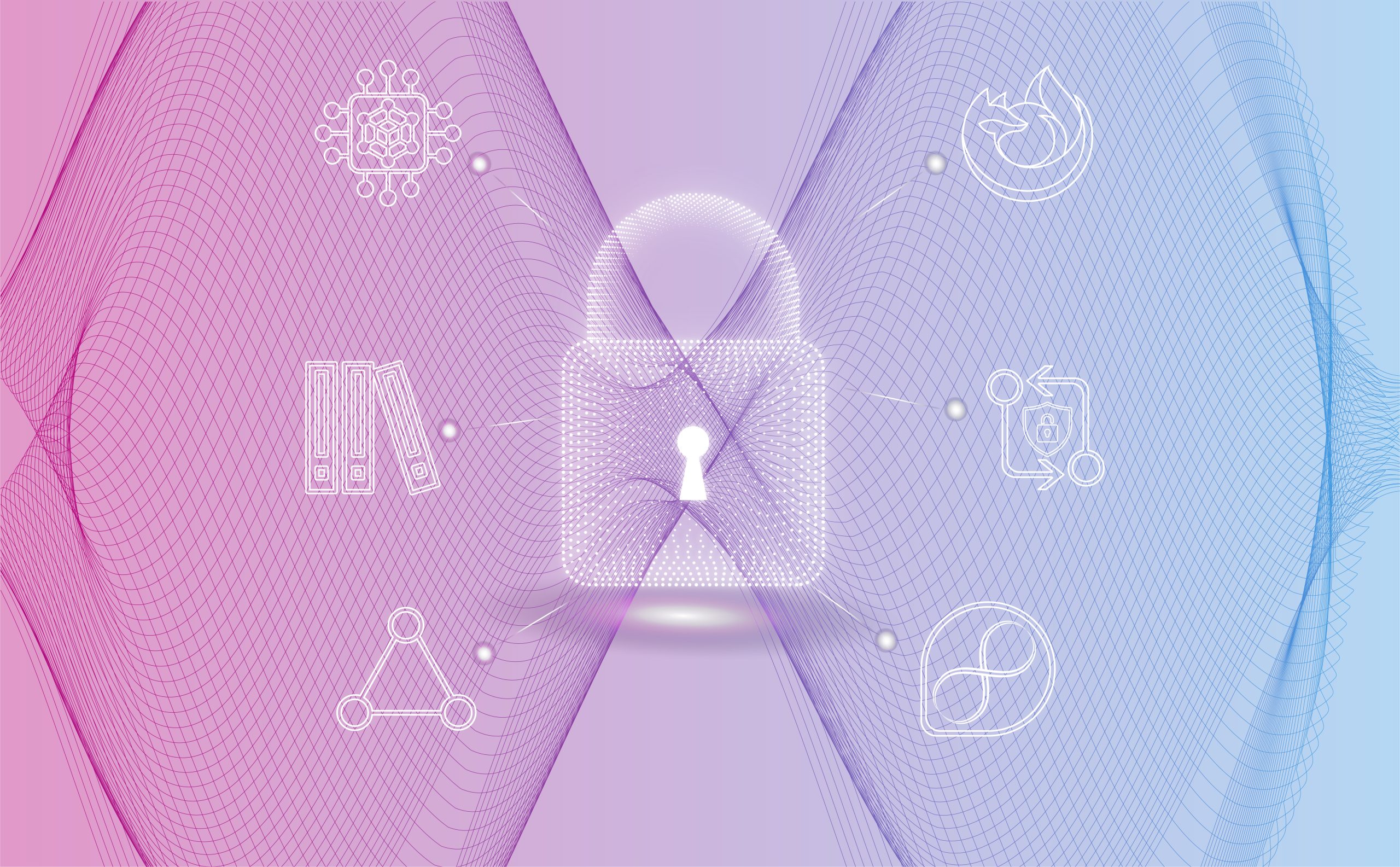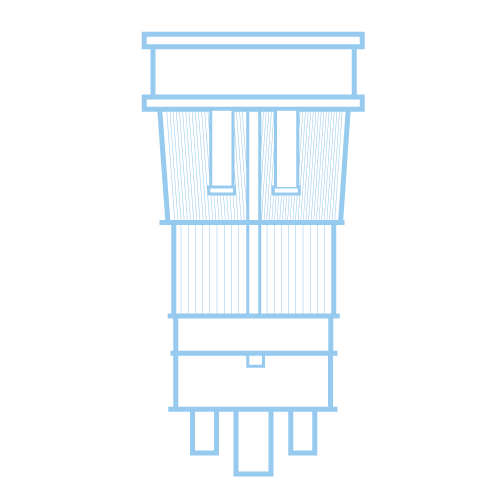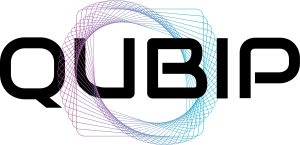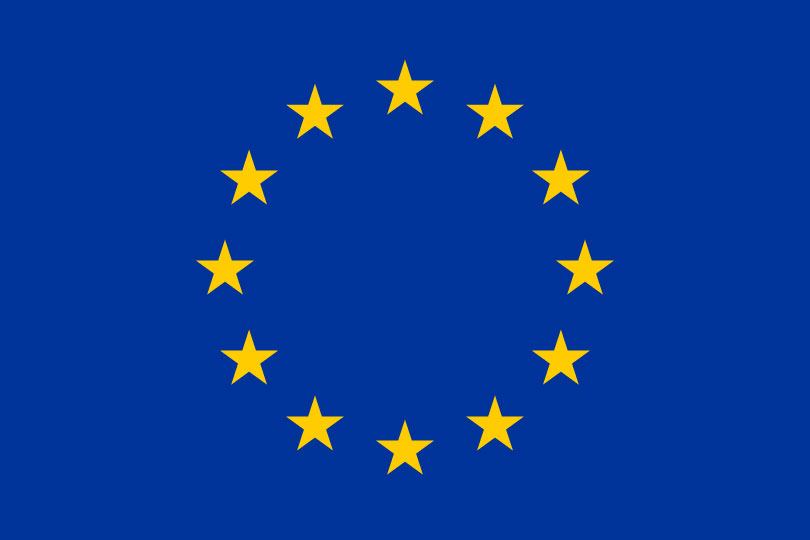The Project

Strategic Objectives

1
Evaluate the capabilities of quantum computers to assess their implication to PQ algorithms adopted by the QUBIP project.

1
Evaluate the capabilities of quantum computers to assess their implication to PQ algorithms adopted by the QUBIP project.
2
Address the transition of IoT devices focusing on HW implementation of quantum-resistant public-key cryptography in the form of both external and integrated Secure Elements.
2
Address the transition of IoT devices focusing on HW implementation of quantum-resistant public-key cryptography in the form of both external and integrated Secure Elements.
3
Explore the transition of OpenSSL and NSS cryptographic libraries to PQC through loadable modules with the main goal of plugging (i) PQ algorithms and schemes in the existing software ecosystem and (ii) PQ hardware implementations transparently.
3
Explore the transition of OpenSSL and NSS cryptographic libraries to PQC through loadable modules with the main goal of plugging (i) PQ algorithms and schemes in the existing software ecosystem and (ii) PQ hardware implementations transparently.
4
Start the transition of Fedora OS to PQC by addressing the integration of PQ libraries (i.e. OpenSSL and NSS) to provide the upper layers quantum-secure communication capabilities through PQ/T Hybrid TLS 1.3. This objective subtends retro compatibility with traditional cryptography-based operations.
4
Start the transition of Fedora OS to PQC by addressing the integration of PQ libraries (i.e. OpenSSL and NSS) to provide the upper layers quantum-secure communication capabilities through PQ/T Hybrid TLS 1.3. This objective subtends retro compatibility with traditional cryptography-based operations.
5
Experiment with the transition of Firefox browser toward a post-quantum security state through adoption of PQ/T Hybrid TLS 1.3 for key-exchange and authentication, and PQ zero-knowledge Verifiable Credentials (PQ zero-knowledge VCs) for authentication and authorization.
5
Experiment with the transition of Firefox browser toward a post-quantum security state through adoption of PQ/T Hybrid TLS 1.3 for key-exchange and authentication, and PQ zero-knowledge Verifiable Credentials (PQ zero-knowledge VCs) for authentication and authorization.
6
Hardening the security of IPsec by extending key exchange capabilities leveraging the convergence of Quantum-Key Distribution and PQC.
6
Hardening the security of IPsec by extending key exchange capabilities leveraging the convergence of Quantum-Key Distribution and PQC.
7
Experiment with the transition of three real-world systems to quantum-secure state leveraging a proper combination of the cryptographic agile building blocks developed in accordance with previous five strategic objectives (from 2 to 6).
7
Experiment with the transition of three real-world systems to quantum-secure state leveraging a proper combination of the cryptographic agile building blocks developed in accordance with previous five strategic objectives (from 2 to 6).
8
Validate the three systems enabling Quantum-secure (i) IoT-based Digital Manufacturing, (ii) Internet Browsing, and (iii) Software Networks Environments for Telco Operators.
8
Validate the three systems enabling Quantum-secure (i) IoT-based Digital Manufacturing, (ii) Internet Browsing, and (iii) Software Networks Environments for Telco Operators.
9
Build and maximize the return on experience from the three transition exercises evaluating all the technical, economic, and legal barriers encountered and proposing the solutions to overcome them.
9
Build and maximize the return on experience from the three transition exercises evaluating all the technical, economic, and legal barriers encountered and proposing the solutions to overcome them.

10
Maximize industrial impact by contributing to relevant standards bodies and open-source projects directly involved or impacted by transition to PQC.

10
Maximize industrial impact by contributing to relevant standards bodies and open-source projects directly involved or impacted by transition to PQC.
Methodology
The QUBIP project is multi-disciplinary in nature, QUBIP works on multiple solutions and technologies following five different methodological steps specifically designed to go beyond the state of the art and achieve its strategic objectives.



